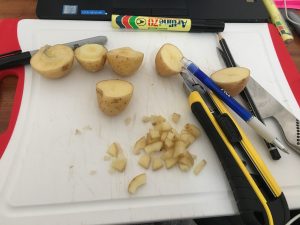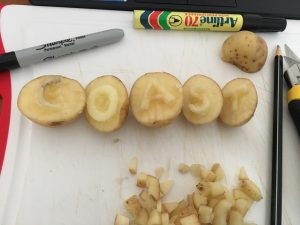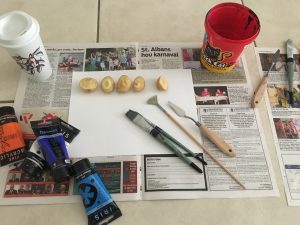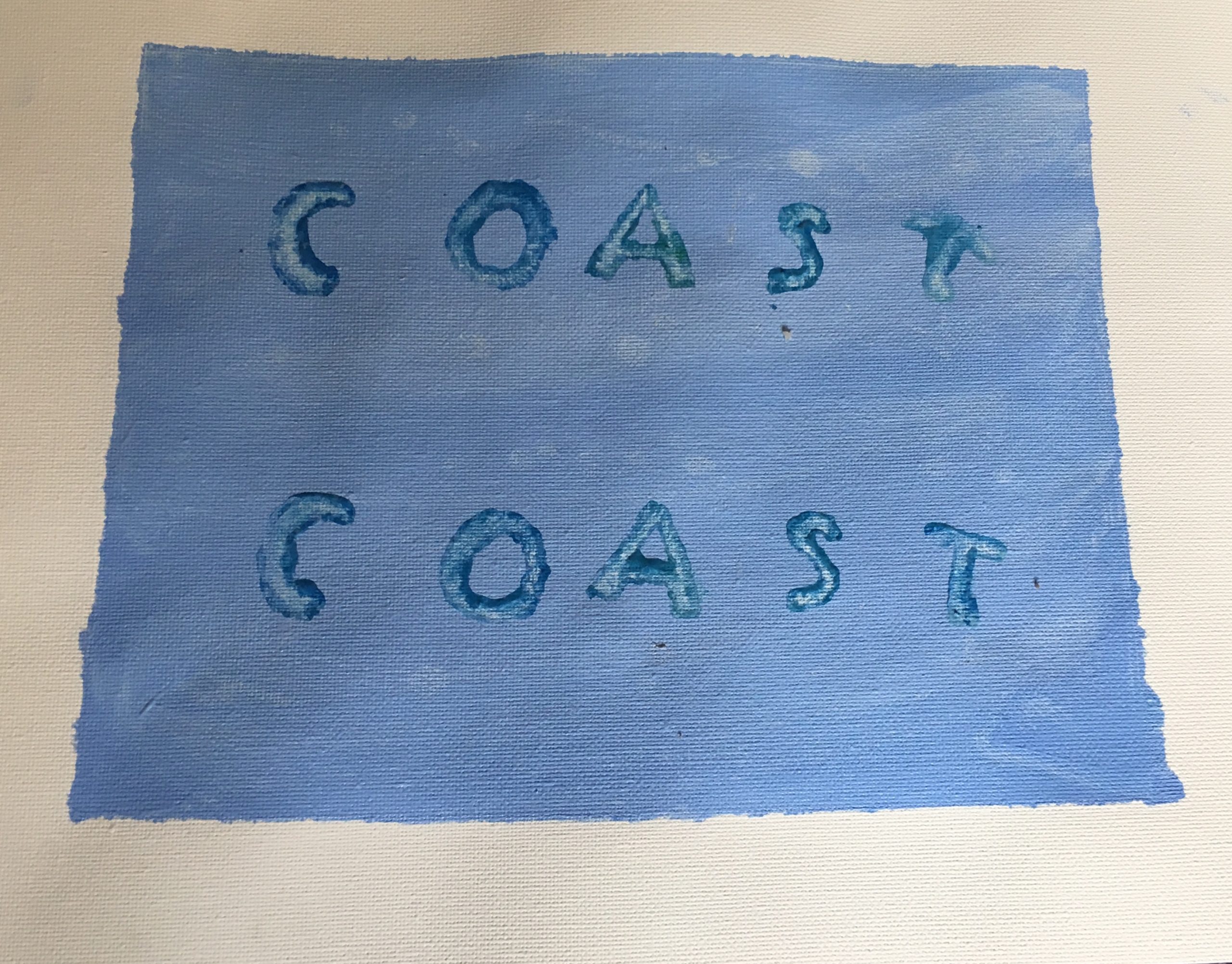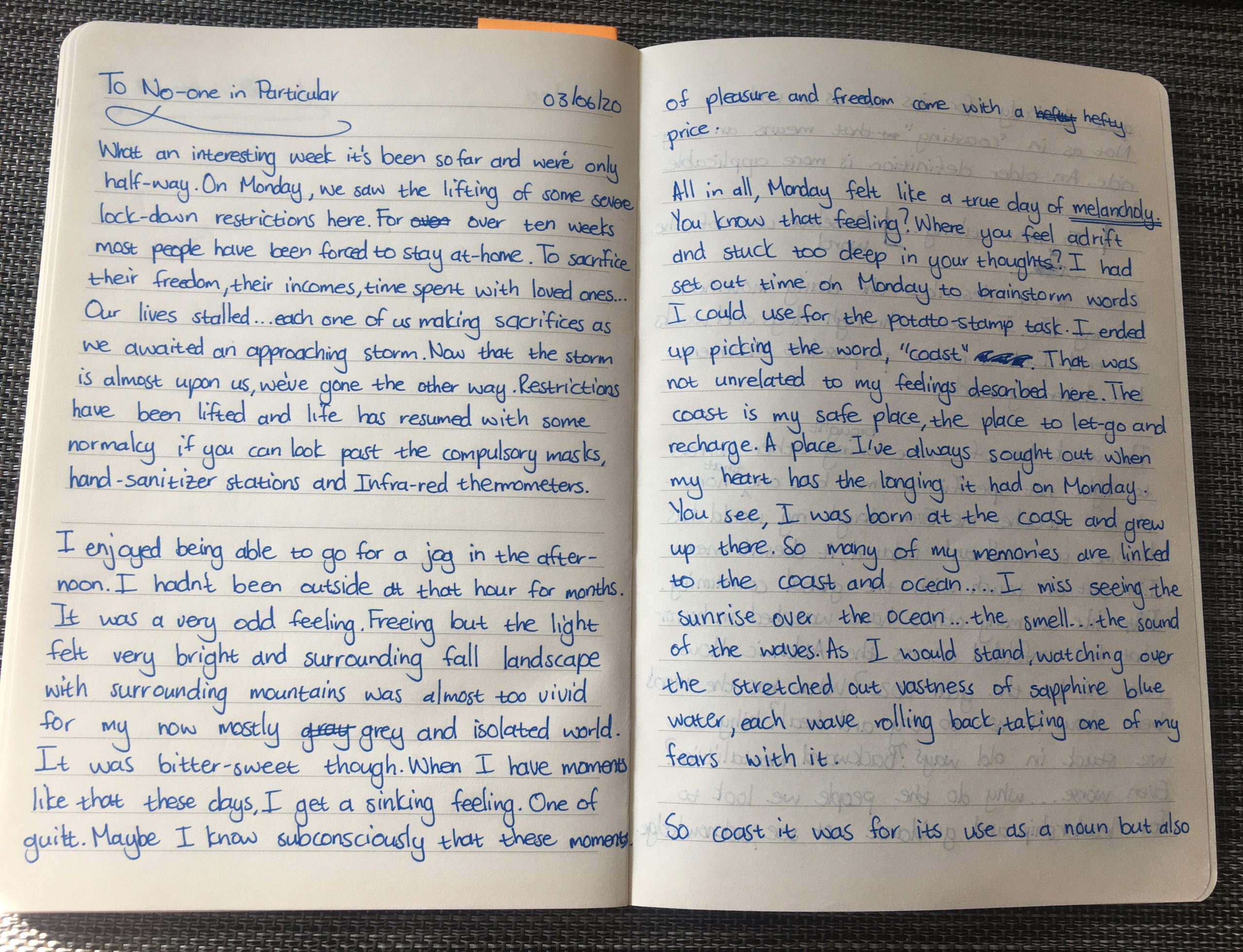“Epic album of all time”?
Honestly, I disliked completing the task this week and wish it was an optional one as opposed to a mandatory one. Initially, I was very excited to learn what songs were included on the record that was sent out into the universe to represent earth and the life it contains. It started pretty well with the first few tracks on the playlist we were given, a wedding song from Peru and Muğam titled as Ugam on the playlist (the Azerbaijan bagpipes song). Then came the composition by Bach (completely okay with this at first although I did wonder why specifically this song was included since I thought there were more well-known classical pieces out there). Upon listening to the podcast episode and reading a little more about the songs that were included on the record, I came to understand that Bach pieces contain a large amount of mathematical operations, which I then rationalized, was the reason for including this particular piece. As I continued with the playlist, I became increasingly dismayed to learn that not just one but THREE Bach pieces were included on the 27 track record. Added to this was a piece by Mozart and also two tracks by Beethoven. There are eight classical pieces then in total if you also include the piece by Stravinsky and the Frairie Round. Add in a further two popular US songs and we now have more than a third of the record representing the Western world alone. Many of the largest nations on earth had but a single song each representing them on the record e.g. India and China.
I guess it being an American project, it would have made sense to include so many western musical artifacts but then the project does not match the criteria set out by Tim Ferris when he stated that they wanted music from all around the world represented, as “music is a good way to memorialize the human species”. The module’s reading this week seems echoed in this task. Just as it’s naive according to Apple (1988) to think of school curricula as neutral knowledge so too is it naive to have thought that this project would equitably represent so many nations and cultures. I would really like to know though what kind of input the various nations across the world were allowed to give in this project or whether they were consulted on any of the songs meant to represent them.
Although I understand that there were physical limits to how many songs and sounds could be included on the record, I feel let down by the choices the committee in charge of this project made. Even some of the 55 languages used for the greetings didn’t make sense to me e.g. Sesotho but not Swahili is on the list even though there are almost three times as many speakers of Swahili than Sesotho on the African continent? Then there is also the small matter of the UN president at the time included in the recordings. Kurt Waldheim (that made the opening address) had hid the extent of his involvement in Nazi war crimes over the years and in general just simply wasn’t a very nice person.
Since I didn’t feel the tracks were truly representative of the world’s nations and cultures, I decided to not try and curate the songs based on that criteria. I simply listened to the tracks and those that evoked some kind of emotion in me were the ones I ended up putting together into a playlist. It was apparently Plato that said “music has a direct effect on the soul” and it was those kinds of songs I sought out from the list given. I arranged them so that the ones I liked the most would appear first in the playlist. Beethoven is ranked highest as listening to the music evoked strong memories from my childhood. On a lighter note- my first exposure to classical music came from watching a kid’s show in the 90’s called the Mozart Band. Having tried to find a video clip of the show I found out it was actually a Spanish cartoon animated by a Taiwanese company that was then dubbed into other languages and distributed. Notably, Bach is absent from this group of young geniuses.
Playlist
(the titles below are as they appear on the NASA site)
1. Beethoven, Fifth Symphony, First Movement, the Philharmonia Orchestra, Otto Klemperer, conductor.
2. Azerbaijan S.S.R., bagpipes, recorded by Radio Moscow.
3. Senegal, percussion, recorded by Charles Duvelle (it was originally thought that this song was recorded in Senegal but it turns out it was actually recorded in Benin).
4. Bulgaria, “Izlel je Delyo Hagdutin,” sung by Valya Balkanska.
5. India, raga, “Jaat Kahan Ho,” sung by Surshri Kesar Bai Kerkar.
6. Peru, wedding song, recorded by John Cohen.
7. Australia, Aborigine songs, “Morning Star” and “Devil Bird,” recorded by Sandra LeBrun Holmes.
8. Mexico, “El Cascabel,” performed by Lorenzo Barcelata and the Mariachi México.
9. Mozart, The Magic Flute, Queen of the Night aria, no. 14. Edda Moser, soprano. Bavarian State Opera, Munich, Wolfgang Sawallisch, conductor.
10. “Johnny B. Goode,” written and performed by Chuck Berry.
Reference
Apple, M. W. (1988). What reform talk does: Creating new inequalities in education. Educational Administration Quarterly, 24(3), 272-281.
McDonald, L. (Host). (2019). Voyager Golden Record. In Twenty Thousand Hertz. Defacto Sound. https://www.20k.org/episodes/voyagergoldenrecord







